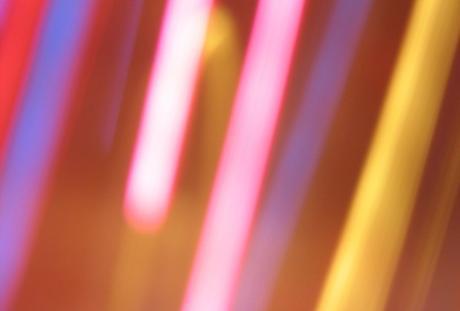
The question of whether particular colours have the ability to influence people psychologically has been clearly answered. Numerous scientists and professionals such as artists, educators, and interior designers know absolutely, through extensive study, experience and trial and error, that the use of colour has a measurable impact on ones thoughts, feelings, and behaviour. While there is still disagreement as to the specific degree of influence colour has, research consistently demonstrates a definite correlation.
This information raises a number of interesting implications for the choice of colour schemes in the workplace. If mood and behaviour can be altered by certain colours, how can it be best used within the workplace to increase employee productivity?
Universal Principles of Interior Design
Typically, the answer depends upon the nature of the work and the desired effect one wishes to enhance, although there are a number of principles that are universal when it comes to the use of colour schemes and interior design.
Spaces that are painted in muted pastels and soft tones tend to feel larger, more open, and spacious and they evoke feelings of expansiveness and comfort. Conversely, rooms that have bold or dark colours can seem smaller, constricted, and more claustrophobic.
Open vs Closed
Creating an environment that enhances feelings of expansion or contraction could be advantageous in a number of circumstances. For example, an interview room in a police station that was painted to increase feelings of claustrophobia, containment, and constriction may put added pressure on a suspect that could work to the advantage of detectives seeking a confession.
Whereas workers in a confined call centre may feel more contented in a room painted in lighter colours that give the appearance of more space, openness, and ambiance.
Stimulation: Pros and Cons
Bright colours, such as red, orange and yellow are recognised as being stimulating, energising and uplifting and increase attention to detail. Many colourful furnishings are available from BT Office Furniture. Ideally, these brighter coloured rooms could be used when bursts of creativity are required, such as brainstorming new concepts, problem solving or in brief training sessions where it is necessary for staff to be highly engaged and stimulated in order to contribute their best.
On the other hand, if the use of intense colour is overdone then it can have an agitating, irritating effect. Some researchers reported that more conflict and disagreements occurred in rooms painted red or orange. It is also known that continued exposure to bright yellow or white tones can cause visual fatigue as the eyes are over-stimulated and sustained focus and attention becomes increasingly difficult over prolonged periods of time.
The Dark Side of Bright Colours
Depending on the internal ethics or culture of a particular workplace, these same bright colours can also be used to intentionally enhance uncomfortable feelings within employees. For example, having a break or tea room painted with very bright, stimulating colours can decrease the time staff eat or rest due this space not being conducive to relaxation.
Soothing Blues and Greens
Researchers have consistently found that light blue and green tones are the colours most frequently identified as being calming, soothing, and relaxing. Some posit that this preference is an evolutionary bias linked to positive experiences of nature but this theory is yet to be proven scientifically.
The use of blue and green in the workplace can help alleviate stress and anxiety and counteract the effect of staring at a brightly lit computer monitor for extended periods of time. This thoughtful use of office workplace colour psychology equates to less fatigue and more productivity.
Grey and Beige
While neither stimulating nor relaxing, most people surveyed report increased feelings of depression and sadness when working in environments painted grey or beige. These colours should definitely be avoided if happy, energised workers are important to one's business.
Freedom of Choice
While much is known about the psychology of colour, it is a widely acknowledged that employees able to decorate their own workspaces have higher job satisfaction levels than those who are denied this freedom. People have their own personal tastes and preferences that often will override a generic one-size-fits-all approach.
The use of colour in the workplace has an undeniable influence upon the mood and psychology of employees and harnessing these facts can give a business an extra edge in increasing productivity. Consulting with employees and valuing their input is the best strategy when it comes to blending colour psychology and sound management practices together.

Abbi Gabasa is the Managing Editor of MsCareerGirl.com and owner of UpraisedLiving.com. Having the background of a Marketing and Public Relations Manager with years of professional experience in various industries has given her an insightful perspective on careers, lifestyles, relationships, and attitudes which she humorously applies in helping people through her writing. Abbi is a training life coach, and an advocate of children's charities, women empowerment, optimistic thinking, and slow Sundays. A self-confessed Jane of all trades, she hopes to help girls all over the world find their calling and pursue their passions.

